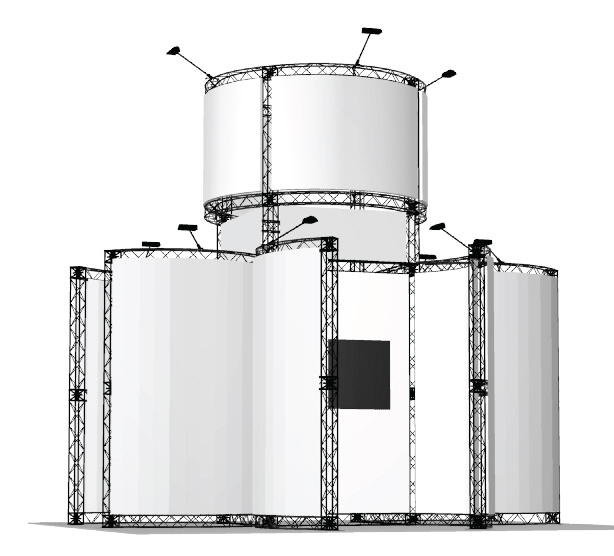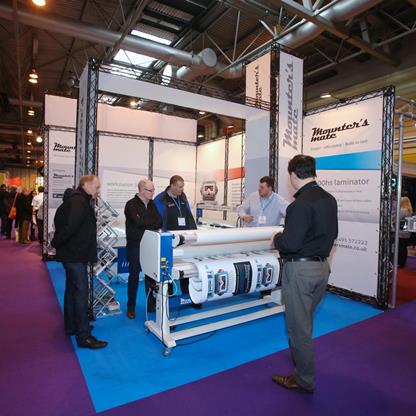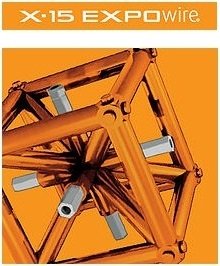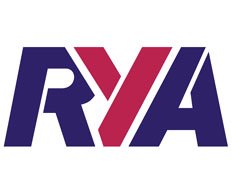With the year drawing to a close, it is only necessary to predict and dissect what trends will be coming up in regards to exhibition shows in 2019.
To stay on top of the game and make a stand an attention grabber in an exhibition full of new tech and innovative ideas, take a look at our breakdown of the top exhibition trends to note in 2019.
Selfie Walls
Social media is still in its prime when it comes to marketing and trade shows. It’s a great place to share photos, create social media content for your own brand and attract a range of visitors to your stand.
Selfie walls are a great addition to a stand – passers-by will love the opportunity to pose for a photo in a designated and attractive space, while businesses can benefit from the exposure online, especially if you ensure your wall has some kind of branding on it!
You could even run a social media competition with a selfie upload tagging your business as their entry – people love incentives and it guarantees exposure for you.
Bring funny props or create an amazing background – there is so much you can do with this idea!
AR and VR
- Augmented Reality (AR) – the ability to merge our own lives with the digital world is a tactic to be harnessed for 2019. Whether it’s used in the most professional form, for example scanning a barcode and an AR business card is presented, or in a fun and interactive form such as an AR treasure hunt through various stands, AR has the ability to completely redesign the way we interact with exhibitions and the stands within them.
- Virtual Reality (VR) – the integration of VR in an exhibition show could completely transform the space within which a stand resides. VR promises to take people to other places and creates a unique and dynamic presentation. Take an interior design company – tell someone to come back in half an hour and they could have designed their perfect bedroom – and transported them right into it. The possibilities for VR are endless and its power to transport attendees outside of the conference hall is unrivalled.
Multi-Sensory Exhibits
Exhibitors usually rely heavily on sight and don’t take a second thought to all of our other senses. Well, they could be missing out on a trick here…
It’s all very well having a beautiful stand, but if it doesn’t suit a business’s product or goals it might not have the intended impact.
If someone trades as a business in the food industry it may be wiser to focus heavily on smell and taste – offering free samples to attendees for example.
Electronics companies promoting their new headphones may wish to rely heavily on sound – for example creating everyone who purchases on the day a personalised playlist to listen to with their new gadget.
Of course, every exhibition differs in their regulations for sound limits and stand sizes, but there is always a creative way to play to the overlooked senses to draw people to the stand.
Stand Design
It is thought that in 2019, instead of the flashy graphics and bright lights attracting people to stands, the focus will be more on the customer experience. It’s all very well bringing people to a stand, but if there’s nothing to make them stay, it can equal a lost sale.
Cease thinking in terms of demo stations and square footage and reinvent stand designs to be intuitive and facilitate the common goal – showing the value of a product or service to the customer.
Engagement and interaction enhance the experience for the customer and impact attendees. It’s also important to remember to make stand spaces inviting and relaxing – attendees are on their feet all day and a place to relax may appeal to people more than expected.
With that in mind, it’s time to start planning for any 2019 exhibitions you think would suit your business. For help deciding on or designing your perfect stand to wow the crowds and stay on top of trends in the new year, contact us at 200m2 today.

















